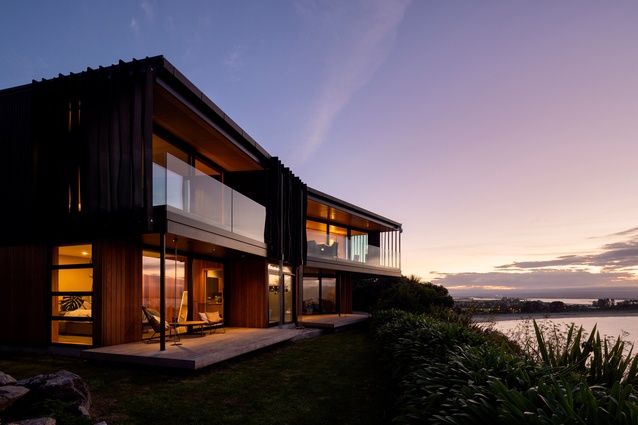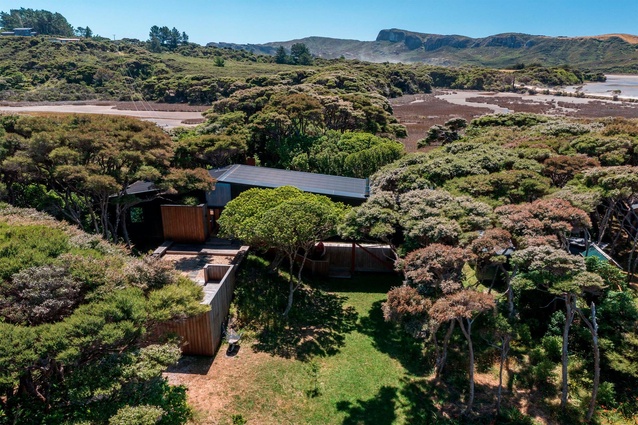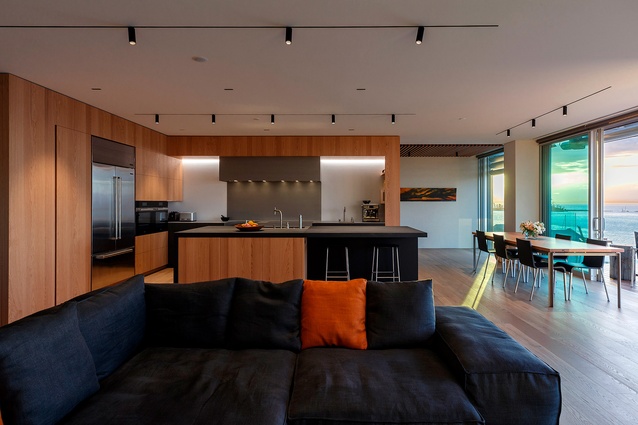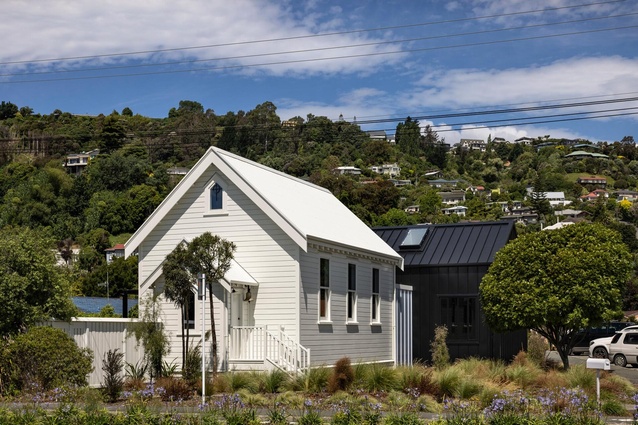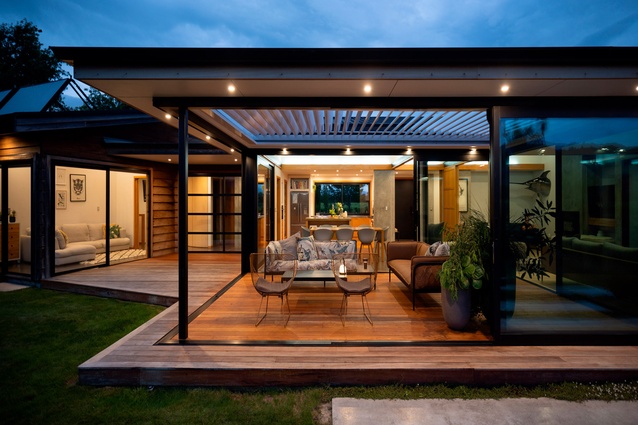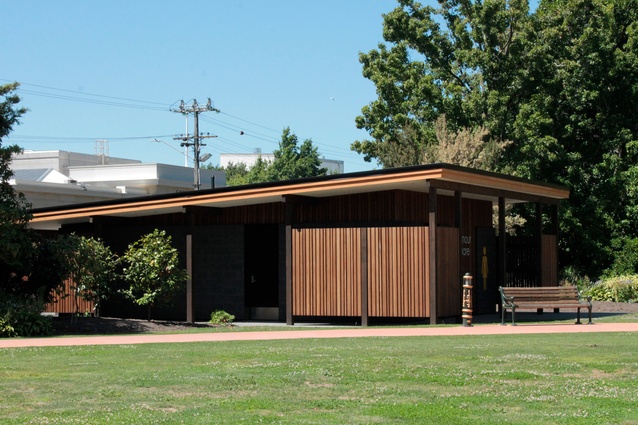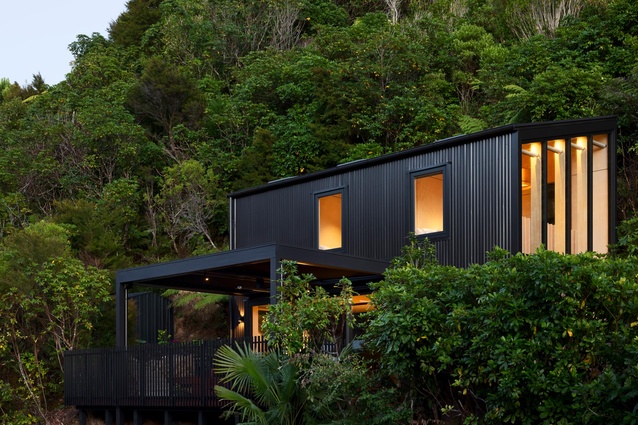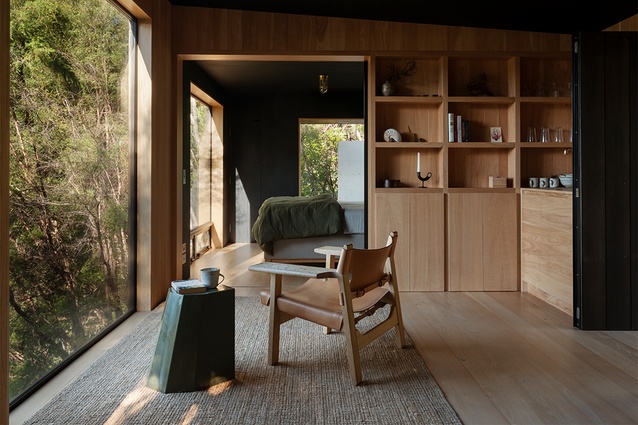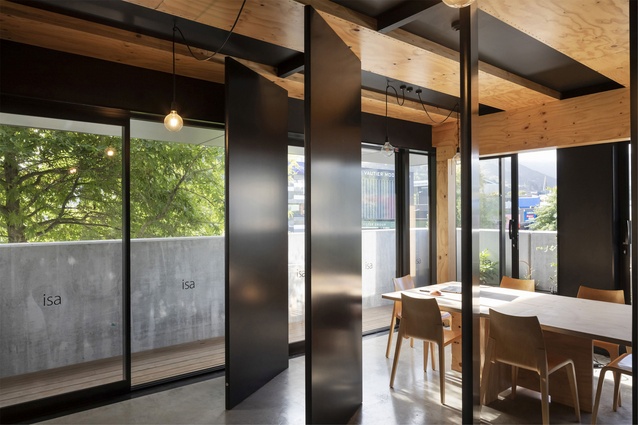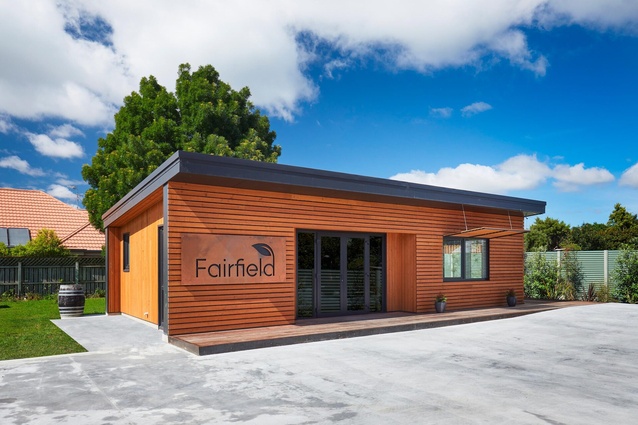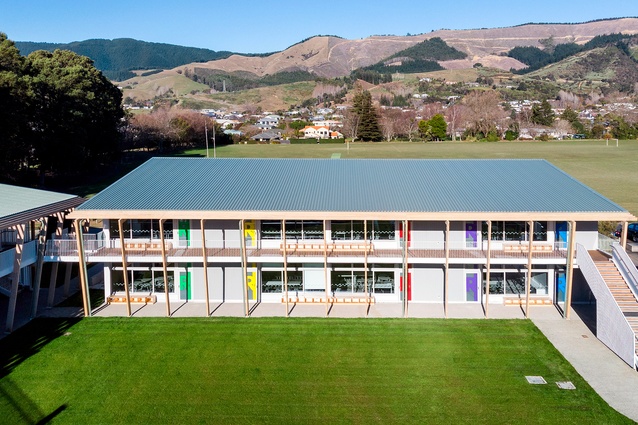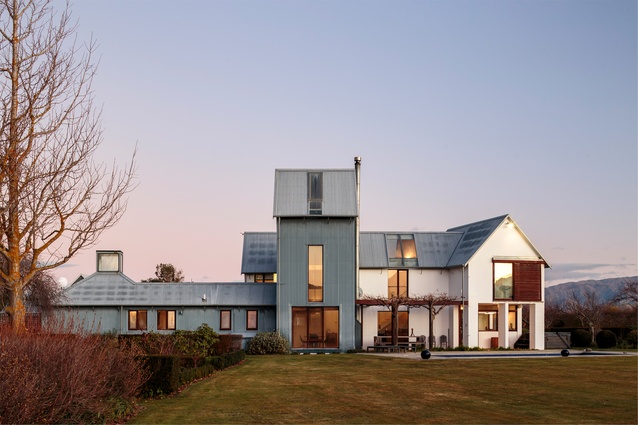Winners announced: 2022 Nelson/Marlborough Architecture Awards
Te Kāhui Whaihanga New Zealand Institute of Architects (NZIA) has revealed 12 winners in their Local Awards for the Nelson and Marlborough regions, including one Enduring Architecture award.
The architectural practices behind a thoughtful bach restoration, a series of space-enhancing classrooms, an innovative office block and a cabin deep in the bush have all scooped awards at a celebration of Nelson & Marlborough’s best architecture, held at Brancott Estate Heritage Centre on Friday 29th July in Blenheim.
A total of 12 projects received a prestigious Te Kāhui Whaihanga New Zealand Institute of Architects Architecture Award across seven award categories, three of which also received a Resene Colour Award.
Nelson & Marlborough Jury Convenor Jarrod Midgley of Rural Workshop Architecture said there were some clear standouts among the entries that blended into the scenic surroundings of the Nelson and Marlborough districts.
“All of the jury members were deeply impressed by the calibre of entries this year. Nelson and Marlborough are both scenic and tranquil areas of New Zealand, and the winning entries were humble and respectful buildings that highlighted the area’s natural beauty” - Jarrod Midgely
The five-person jury visited 15 shortlisted projects before selecting the 12 winners.
See above for images of the shortlisted projects, which are:
Housing
The Cliffs House by Modo Architects
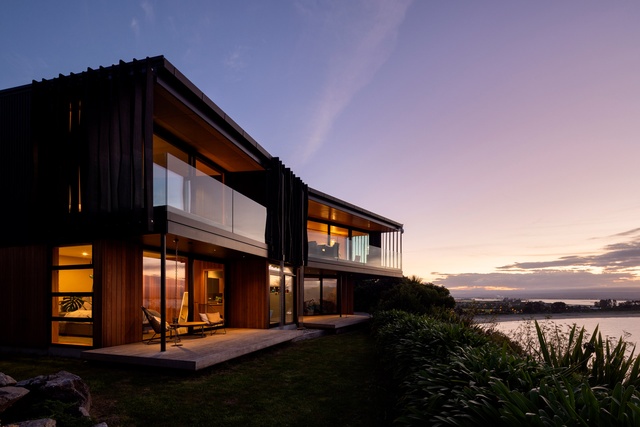
Set on a dramatic cliff top site in Nelson, the house takes in uninterrupted views across Tasman Bay/Te Tai-o-Aorere. On entering, the living space opens and seems to project out over the sea and rocks below. A bend in axis varies the view focus, with the living space and deck arrowing toward Tāhunanui Beach. The combination of aesthetic and technical performance is very well balanced. Sun and sea glare are cleverly conditioned by external sliding screens and overhangs, while the rear deck and garden offer a sheltered contrast to prevailing winds and open sea views. Great care and pride has been taken by the contractor in delivering a house of outstanding craftsmanship.
Pūponga Bach by Athfield Architects
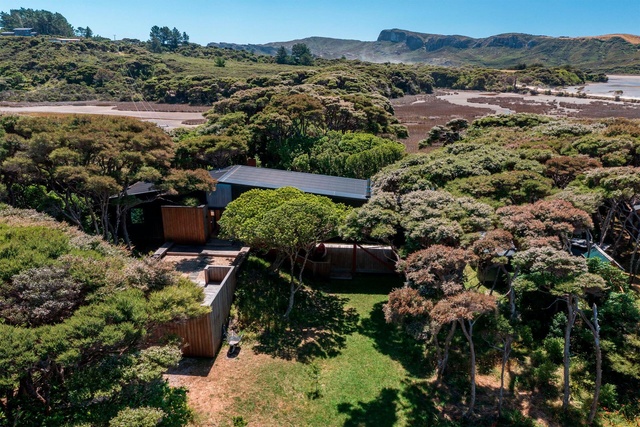
This house on a remote corner of Golden Bay is an example of architecture that is ‘of its site’. Anchored to a historic railway embankment, simple forms and rustic cladding recollect earlier coal mining structures. The bach’s elevated linear form stretches away into the tree canopy and a camping deck beneath. A sequence of open spaces along the escarpment ‘ridge’ extends through the centre of the house, shaping the arrival experience and connecting the upper level with a range of living spaces, inside and out. The house feels like a mechanism to approach, inhabit and appreciate the land in which it sits.
Resene Colour Award
The colour and materials of this project are designed to be recessive. The deviation is the red oxide employed for the structural members, that reference buildings of the past, and the earth around us. This is mining land, rich in minerals. Perfect choice.
Housing – Alterations and Additions
Wakefield Quay Apartment by Arthouse Architects
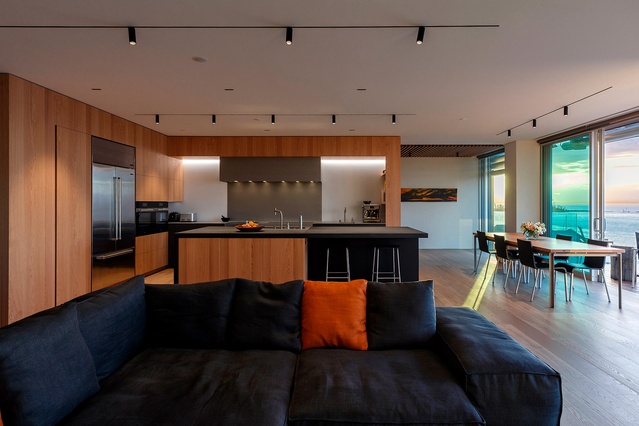
This project is a refined example of architecture that is made by taking the ordinary and making it extraordinary. The architects have moulded a fastidiously detailed, wholistic environment into the existing shell. The attention to detail is so complete that it is almost transcendent. It feels like they were aiming for perfection — always a risky approach, but in this case, it was a risk worth taking. The result is aesthetically very beautiful, but the experience is a pervading sense of calm. This level of craft only occurs with aroha, commitment, and respect. It is a testament to all involved.
Resene Colour Award
The restrained and subtle use of colour consistent throughout, highlights the owners’ artwork and natural materials, including steel granite and timber. Much care and consideration has been taken with colour, and also the texture of every surface, to create an environment that is welcoming, calming and pervades a sense of unassuming high-quality permanence.
Faith & Doubt by Crosson Architects
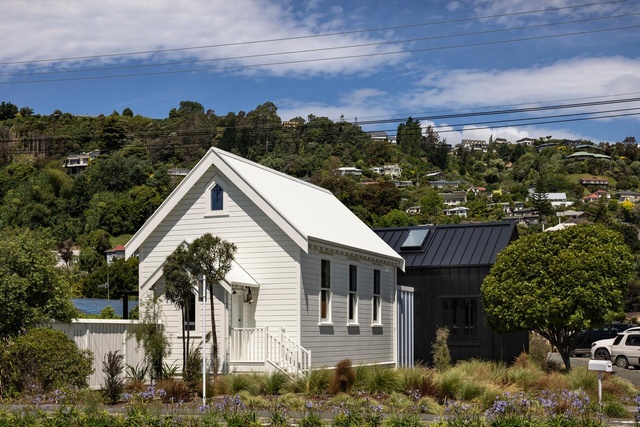
With Faith & Doubt, the architect has respectfully and sensitively restored a dilapidated church, while radically challenging the norms of domestic living. The result is a race-ready machine for habitation that’s been pared back to the bones. Here, the need for cupboard doors, wardrobes, drawers and even bedrooms is challenged. Mobile sleeping pods mean the home’s teenage occupants must always use shared living spaces — utilising architecture to encourage communication and engagement of the family unit. Moments of fun abound, the family’s personality shines through, making Faith & Doubt a home in which to live ‘a life less ordinary.’
Spring Creek Revisited by Modo Architects
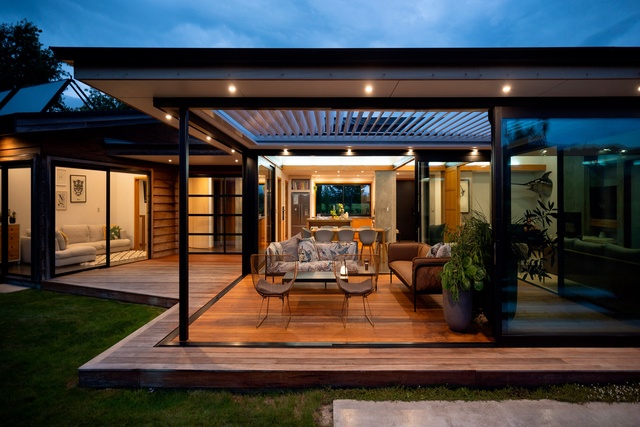
Time can be unkind to architect-designed homes if changes of ownership and subsequent alterations in differing styles undermine the original intent. Here, fortuitously, a much loved 12-year-old house remains with its first owners and has now been enhanced by the original architect. Kept low and seamlessly in tune, an outdoor room extension transparently transitions between the house and adjacent Spring Creek, linking conditioned outdoor living with both, and enhancing site connection. Wind, sun, and rain are controlled by sliding glass screens and variable overhead louvres, making this a space to enjoy in all seasons.
Public Architecture
Marlborough District Council - Public Toilet Upgrades by Arthouse Architects
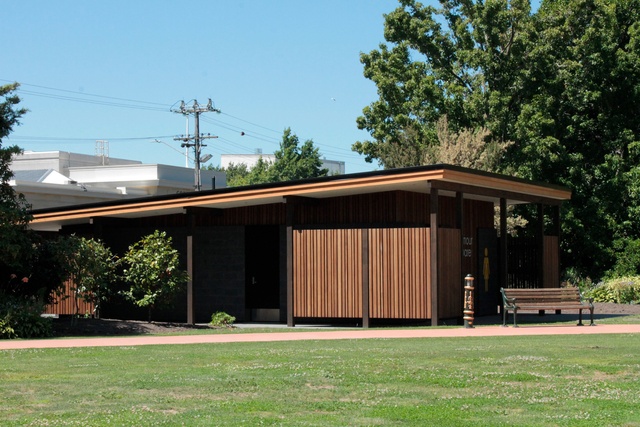
Public toilet facilities present a complex brief with a very small footprint. Taking into consideration elements of safety, natural light, ease of use, sustainability, wayfinding and community, the architects have upgraded three separate facilities in a way that is consistent, yet unique in their individual response to each site’s context and history. The ability to transform prosaic public facilities into something that enables the space around it to be loved and enjoyed by a community, is quite an achievement. The fresh flowers signalled to us that the toilets are cared for with pride. As architects, what more could we ask for?
Small Project Architecture
Honeymoon Bay Bach by Jerram Tocker Barron Architects
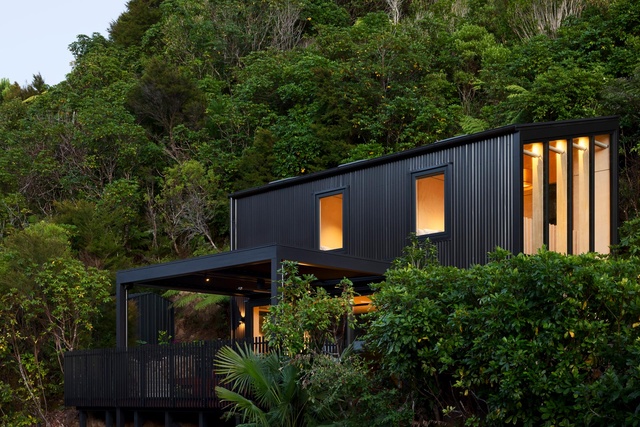
This deeply shaded pocket handkerchief of a site, backed by a cliff and subject to local resident committee approval, required a brave design approach. By cleverly stretching the envelope vertically, the architect has assigned the entire ground footprint to living and decking and squeezed two bedrooms and ablutions above. A cleverly cropped-back main bedroom floor allows the sun to flood into the living room beneath, making this intimate, simple and well-resolved bach feel surprisingly spacious.
The Cabin by Johnstone Callaghan Architects
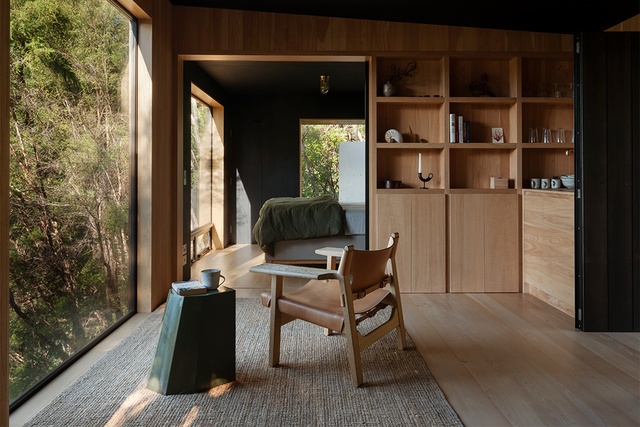
Tucked into the bush overlooking a small inlet within Abel Tasman National Park, this durable, low-maintenance little gem offers a surprise at every turn. Designed as an adjunct to the nearby family bach, every aspect of The Cabin celebrates the essence of retreat into nature — from an outdoor shower nestled in the trees and nest-like sleeping space, to the shuttered deck and treetop viewing platform that maintains a constant connection with the bush beyond. Designed and assembled with love and great care, one cannot help but enjoy this earthy, honest, uplifting, and spiritual building.
Commercial Architecture
WallÉ by Irving Smith Architects
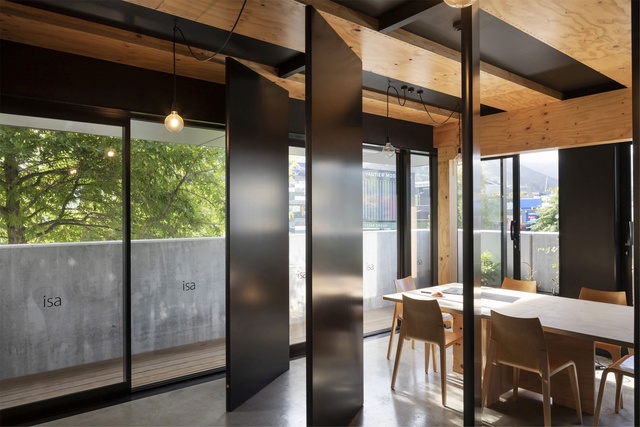
Situated on a narrow site in central Nelson, the building is bordered by low-level commercial developments. In a design masterstroke, valuable floor space at the mid and upper level is sacrificed to open the studio office to a continuous recessed north-facing veranda, supplemented by a generous terrace at the rear. Naturally ventilated, flooded with daylight and imbued with the warmth of exposed mass timber construction, a work environment becomes a practice home full of natural light.
Fairfield Office Low Energy Certified by KLT Architects
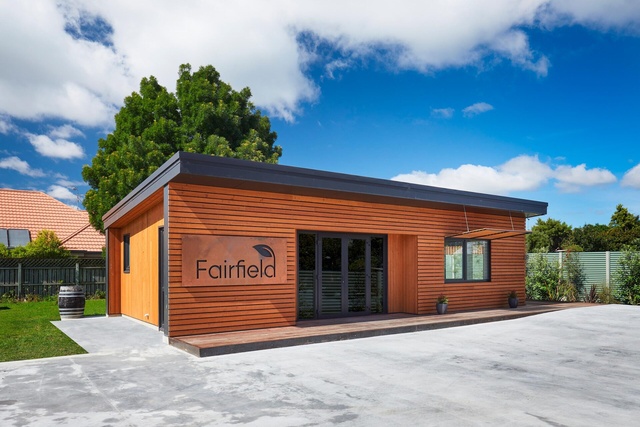
The architect has created an unpretentious office for Fairfield Construction Ltd. The client brief was not just the gold standard of thermal efficiency, but a holistic approach to all aspects of sustainability in building. It is energy efficient, economical to run, well ventilated, and keeps users warm in winter and cool in summer. The project has sustainability as its core design motive, from the minimisation of construction waste to the reuse of recycled materials, and clearly houses Fairfield’s own environmental ethos. The result is an office space that is not only visually appealing but a great atmosphere to work in.
Education
Waimea College New Teaching Blocks by Arthouse Architects and Sheppard & Rout Architects
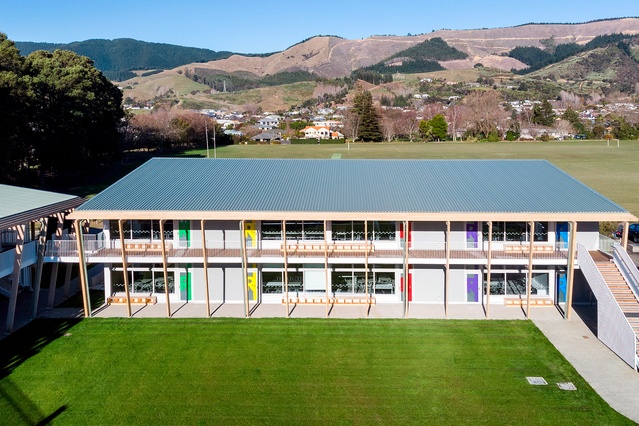
Placed in the corner of a widespread campus, the teaching blocks are stage 1 and 2 of a masterplan that reorganises the school from what was just buildings within a car park to a social place for learning. A new courtyard is overlooked by a generous three-metre veranda that runs the length of both blocks. Engineered timber has been adopted as the sustainable alternative to concrete and steel, regimenting the verandas and bringing warmth and interest to naturally lit and ventilated teaching spaces. This project is a clear reminder of how architects add value when working as part of a unified and supportive team. A more sustainable, basic, truly lovely, warm, acoustically inviting school room, multiplied. A repeatable form that we hope will become the new standard for school buildings.
Resene Colour Award
Subtle references to the existing colour and materials palette of the school, incorporated in a crisp and new way, bring cohesion to this corner of the campus. Inside, the warmth of structural timber is complimented with coloured tactile surfaces and other natural wood products.
Enduring Architecture
Blenheim House (1989) by Peter Beaven - Architect
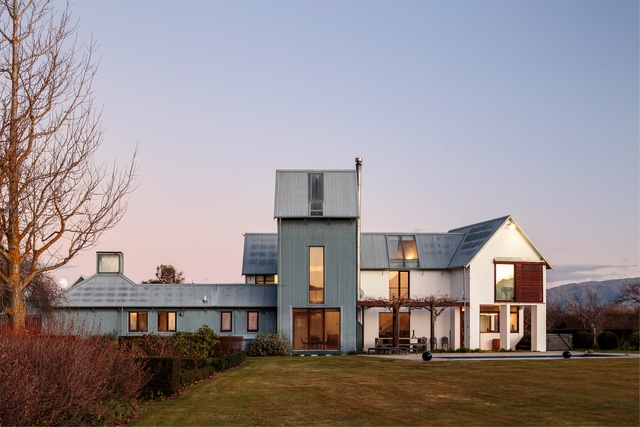
Sitting proudly and timelessly in the Marlborough landscape, Blenheim House remains true to its original intent in both design and materiality. Referencing its dramatic and contrasting surrounds — the dry, narrow plain in which it sits, the intense green of the bush-covered hills to its north, and the pale-coloured hills to the south — means the visual effect of this home remains as striking today as it did when first built. Simultaneously massive and intimate in scale, Blenheim House has a castle-like feeling of permanence. Inside, wonderful and unexpected interior spaces — including a small dining room that sits within a nine-metre tower of corrugated iron bring joy to those who experience them.
The NZIA Local Awards 2022 programme is supported by Resene and APL.

